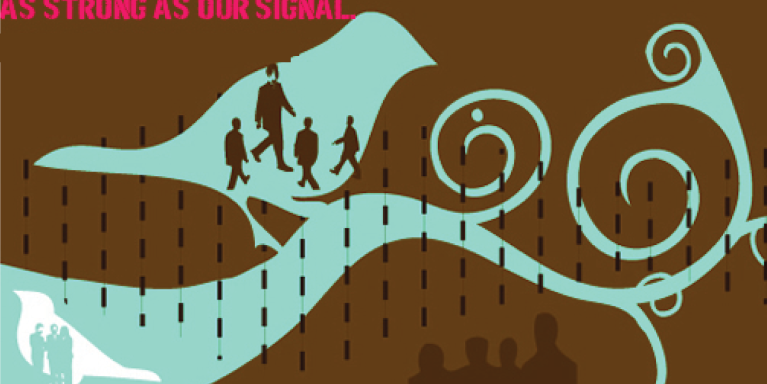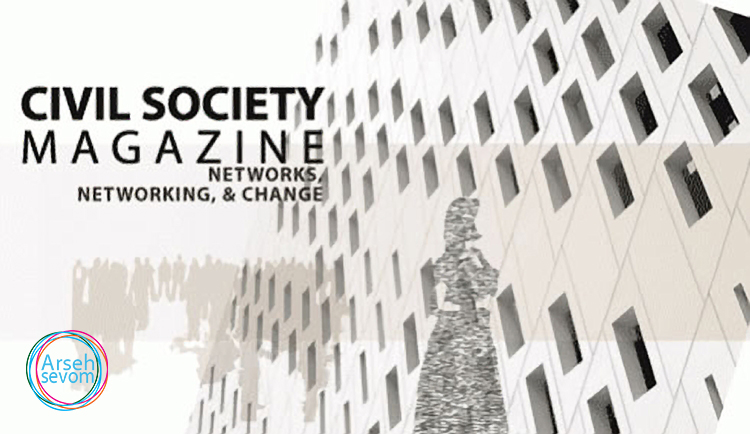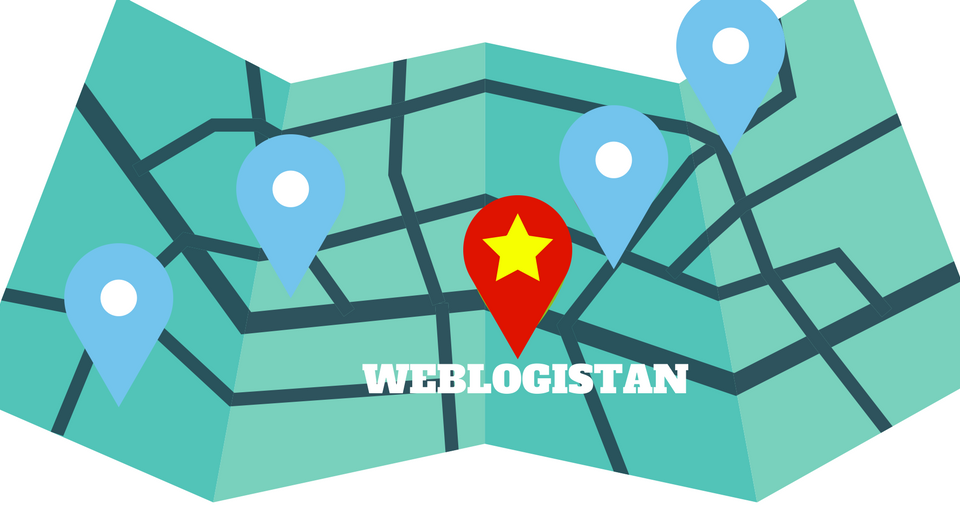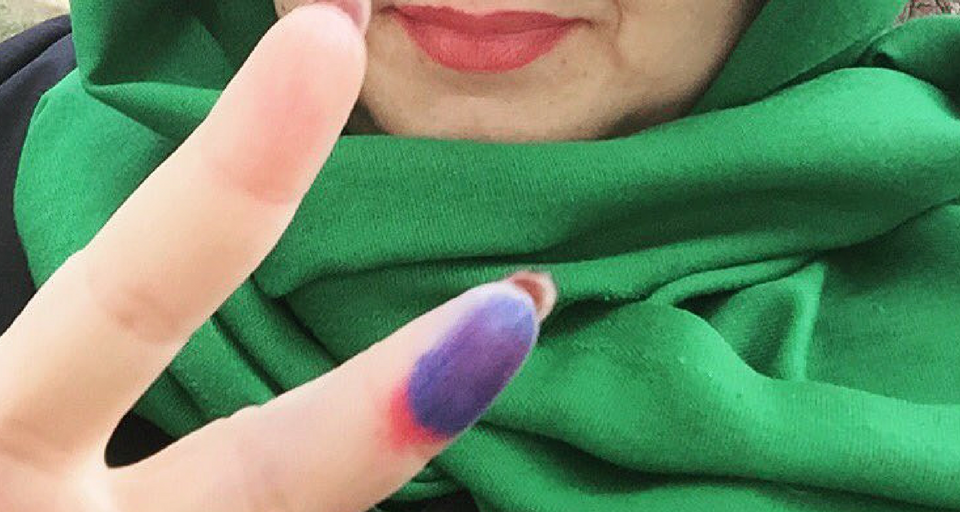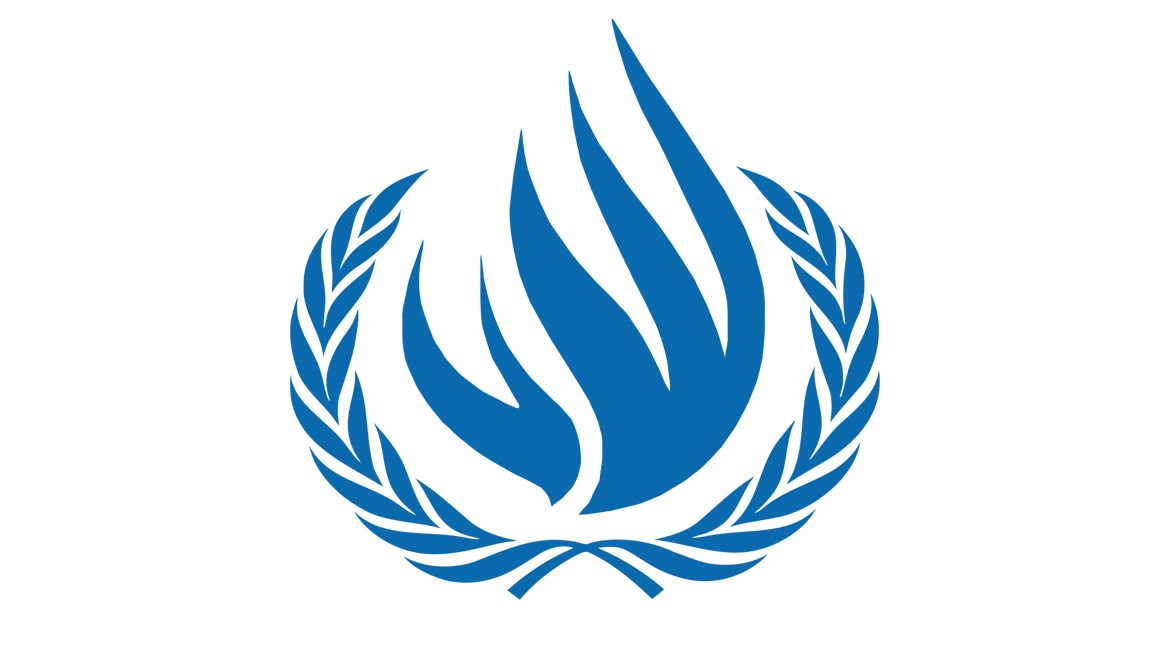
Human Rights Council Appoints Special Rapporteur for Iran
March 24, 2011
UNHRC Appoints Special Rapporteur (Update)
March 24, 2011As Strong as Our Signal: An Evolving Novelty
To many social media is a novelty: something for parents to worry about, for kids to abuse, for school administrators to lock-down, for friends to keep in touch, relatives to over-share, and even now, for e-guilt from those of us with parents tech-savvy enough to join.
Thinking back, there wasn’t really a sudden emergence of online networks; rather (like most sustainable networks) they grew organically. It’s funny to think that AOL chat-rooms, MySpace profiles, and angsty LiveJournal entries would be the new forums for creating and sharing.
In the last ten years I’ve gone from pleasantly excited to get a non-chain letter e-mail to being mildly annoyed by the onslaught of noise and distraction from Facebook, YouTube, Flickr, Twitter, Linkedin, IRC, Skype, Xbox Live, and Google. Every action from every friend is a simultaneous alert, flash, bleep, bouncing icon that makes following a single narrative almost impossible. It’s not that we can’t tell stories, it’s that there are too many being told, at the same time, shouted over one another, in the same channel that often seems more like a cesspool than a fountain of knowledge.
What happens to all those narratives we post, like, re-tweet, forward, share, forward, and paste after we’re done with them? Is that narrative, that thin line of story, doomed to thirty seconds of relevance before drowning in the Internet’s Styx? I often wonder how many people actually read the links they re-tweet. And yes, sometimes the stars will align so that the right post timing combined with an emotionally packed title can drive people to do more than hit share.
The truth is that Internet narratives will never rest as comfortably as those sitting neatly in between book covers, with the great luxury of being picked up, put down, and remembered.
Knowing this, how can we ensure, then, that the narratives do not fall into the cracks of the Internet? How can we strengthen our stories, and not just share them, but also use them to further discourse? How can we ADD something to the narrative rather than just continue adding to the noise?
A Not-So-New Phenomenon
Iranians took to the streets en masse after the 2009 elections, with students and union workers protesting alongside bazaar merchants and women cloaked in chadors. Ordinary Iranians evolved into citizen journalists as they captured the brutal violence on camera phones and shared the grainy videos on YouTube.
That many of the significant events of the 2009 election protests were organized, broadcast, and disseminated through social-networking sites and mobile phones became a testament to the potential energy of online media.
Social media’s kinetic energy became more apparent after the 2009 election – it wasn’t invented because of it. Iranian activists have long used internet platforms to engage, discuss, and organize; to petition and further their goals, aspirations, and demands; and to disseminate information and offer the Iranian people an alternative to the State’s propaganda machines.
Iranians have evolved their networks beyond dissemination; the real power now comes from the networks’ power in delivering a narrative that drives action. Iranian activists are among the most savvy in the battle for rights online, despite aggressive monitoring and outright oppression by the regime’s Cyber Police.
Iran’s government has become increasingly adept at limiting e-mail and telephone communications, especially during times of heightened tension. But Iranians themselves have also become better adept at circumventing censors and filters. The regime’s increasing uneasiness about Internet communication platforms hints at its fear of the power of social media and the potential for “netizens” not only to share information, but its capacity to move in concert with the people.
The One Million Signature Campaign
The One Million Signatures Campaign, a female-driven grassroots movement, began as an effort to collect one million signatures for a petition calling for an end to Iran’s writ-in-the-law gender discrimination. Initially the campaign involved (mostly female) activists wandering the streets collecting signatures; even this subdued activism was deemed a threat by the regime.
Despite authorities breaking up events, shutting down real and virtual media of expression, and detaining activists for “endangering state security,” the Campaign has not only survived, but continues to flourish across Iran, with solidarity networks emerging in countries worldwide.
Parvin Ardalan, a founding member of the Campaign, has said that it was because they lost their print platforms that they turned to the Internet: “We created a new world for ourselves in cyberspace.”
Much of its sustainment is no doubt due to its web-based advocacy platform, Change for Equality. What started as the Campaign’s communication avenue has since evolved beyond sharing content and into a platform affording the everyday Iranian (and these days, the diaspora and its allies) a platform for action.
The drawback to web platforms, to take a point from Parvin Ardalan, is that not everyone consumes media online. And let’s be honest, even if they do, there’s no real guarantee that the consumption leaves a lasting impact – it’s a share at best, often drowned and buried before Facebook registers the Like.
The Diaspora’s Use
Iranian activists have built platforms where aspirations are born and ideas not only shared, but evocative enough to drive its participants to action. (Think of the One Million Signature Campaign’s use of an online petition to help supplement its on the ground grassroots work). While Iranians have managed to harness social media to platforms that drive discourse & further the narrative, and are evocative enough to get a bazaar merchant to sign a petition for gender equality, the diaspora seems a little behind, stuck in a circle of Re-tweets and Recommendations. There is a need to differentiate between social media platforms driven by content and those platforms that push information around. We cannot confuse writing an article with sharing it.
These sometimes noisy social platforms are integral for they let activists everywhere work beyond the confines of geography, funding, accessibility or the 365-day-a-year calendar. The major benefit of using digital platforms is just that: the lack of confines. Take for example, the case of death row Kurdish prisoner, Habibollah Latifi, whom the regime attempted to execute during Christmas 2010. Instead, because the Internet knows no holiday, office hours, and never closes its front doors, thousands of activists were able to send tens-of-thousands of e-mails and tweets to influential world leaders, attracting just enough international attention to have played a role in the stay.
The Iranian diaspora has remained politically apathetic over the last thirty-some years, its budding activist use of these once novelty venues has hit a rare (and sometimes harmonious) chord, even if limited to Facebook events and spammy mailing lists.
While I’m fairly certain we’ll all forever be witness to streams of wedding pictures, baby photos, and Foursquare check-ins, even the slightest act of “clicktivism” – changing a profile picture to highlight an issue, retweeting information casually, or hitting “Like” – creates a ripple in the bandwidth stream. The problem is not casual clicking, but the short length of time the ripple remains.
A fancy iMovie video uploaded to YouTube will only go so far. So you get 100,000 views… then what? Networks must figure out how to disseminate the content in a way that urges action. How can a network urge action, online or IRL, after sharing a thought provoking article, Facebook post or Twitter update? More importantly, how can a network cut through the Internet cacophony?
The question remains then, not if the internet has created a meeting place (yes), but how to effectively wade through the internet’s clamor and put forth a message strong enough to evoke the ordinary internet user to action? How can we learn from Iranians to use social media platforms and networks to further a narrative while urging action? How do we nudge newly mobilized activist networks to care for just a little longer about the issues they share? How can we make them care just one click more?
Second Life
One unlikely online network has emerged via an internet-based game known as Second Life. Second Life, launched on June 23, 2003, is a virtual world where users (“residents”) interact, socialize, participate in individual and group activities, and travel (“teleport”) throughout the still growing virtual world (“the grid”). Second Life residents use the virtual world as a platform to express themselves creatively via art exhibits, live music, and theater.
I won’t deny the dorkiness surrounding creating a character and wandering around a 3D time-suck of a world where the real dangers involve either wandering into a nightmare inducing community or spending real life currency on hair for your virtual character. Despite this, Second Life has attracted a surprisingly large and diverse audience.
Legitimate companies have set-up virtual workplaces that allow employees to meet, hold events, conduct training sessions, and prototype new products. Religious organizations, universities, news media, and governments have also carved out niches in the virtual world. Egypt-based Islam Online, for example, set-up a virtual space where both Muslims and non-Muslims can experience the ritual of Hajj, before making a real life pilgrimage to Mecca.
A growing trend for governments is establishing a presence in Second Life by opening virtual embassies (with many located on “Diplomacy Island”). Maldives was the first country to open an embassy (with its only real service apparently being a virtual ambassador that discussed visas with residents). Sweden followed suit in 2007, using the virtual embassy to promote the country’s image and culture rather than provide a service platform. Over the next year, Estonia, Colombia, Serbia, Macedonia, and the Philippines all opened virtual embassies.
Second Life is also full of thriving internet-based advocacy networks. The SL Humanism group is among the most active in the virtual world and holds weekly discussions every Sunday.
After Iran’s 2009 election, a network of SL residents was moved to set-up a virtual location dedicated to the struggle of the Iranian people. Residents gathered over the course of the months following to browse news, read real time Twitter feeds, learn how to get involved, and even watch full-length documentaries and YouTube videos as a group in a virtual amphitheater.
The leading organizers took it one step-further and built-out a “Virtual Evin Action Center” that drives residents to take real life action by sending electronic letters or printing-and-mailing materials to diplomats, officials, and leaders worldwide. The self-proclaimed “3D social networking environment for human rights activism” has effectively developed into a virtual space where players both raise awareness (sharing) and urge real life action (caring).
Here are a number of Second Life actions to review:
Rev Magdalen’s Blog: http://revmagdalen.blogspot.com/
Entre Nous Island Blog: http://entrenousisland.wordpress.com/
Second Life Takes Real Life Action: http://12june.org/?p=835
Global Day of Action on SL – 2009: http://www.youtube.com/watch?v=QV4Grt7zZ3E
For a Cause
While YouTube has definitely been paramount in sharing, a new AV tool has recently emerged known as “Animoto.” This web application essentially produces videos from user-selected photos, clips, and music to convey a message with the “right balance of information and emotional connection.” That is, in limiting users’ video lengths, amount of text, and number of visuals, Animoto actually helps activists achieve just this.
Animoto, which capitalizes on the power of social networks, helps spread the message not just via the video, but also with a chance to act at the end. Where YouTube video narratives end, and often stay ended, Animoto offers viewers an-end-of-video “Act Now!” button, which the video editor links to a relevant online action. It’s become an attractive way to create and further a narrative that not only spreads a message, but also drives actions by taking into account standard attention spans and using the short videos to connect the viewer to the issue, evoke an emotion, and immediately offer action at the end of the video when the viewer is – for lack of a better term – most “vulnerable.”
Example Videos
http://animoto.com/play/Fr1d6iO0ZZpEjAWU80MhLQ
http://animoto.com/play/oMKeyAKu3CeBr6gOtOBIlA
The (sometimes polluted) Information Stream
The challenge now is not just to invoke emotions and make people care for thirty seconds, but to harness the standard attention span to drive action after the initial Like, Retweet, or Share. How can we BUILD a narrative that not only furthers the existing plotline, but also drives people to react to it? How can we harness the new energy created in those online spaces. How do we take a powerful tool and fully realize what it can do? How to make it more lasting? How de we not only “Digg” something, but keep it “dug”?
How can we, as an ever expanding internet network of activists, reach beyond the limitations of traditional activism, and the almost too limitless and too cluttered world of online activism, to find an effective way to take online action in a way that will affect real life change? How can we mitigate the tug of war for our attention, the broadcasts shoved into our faces, the murky, polluted stream of information, and realize that for all our good intentions, fascinating stories, and revs to action, we – our stories, our aspirations, our movements – remain only as strong as our signal?


